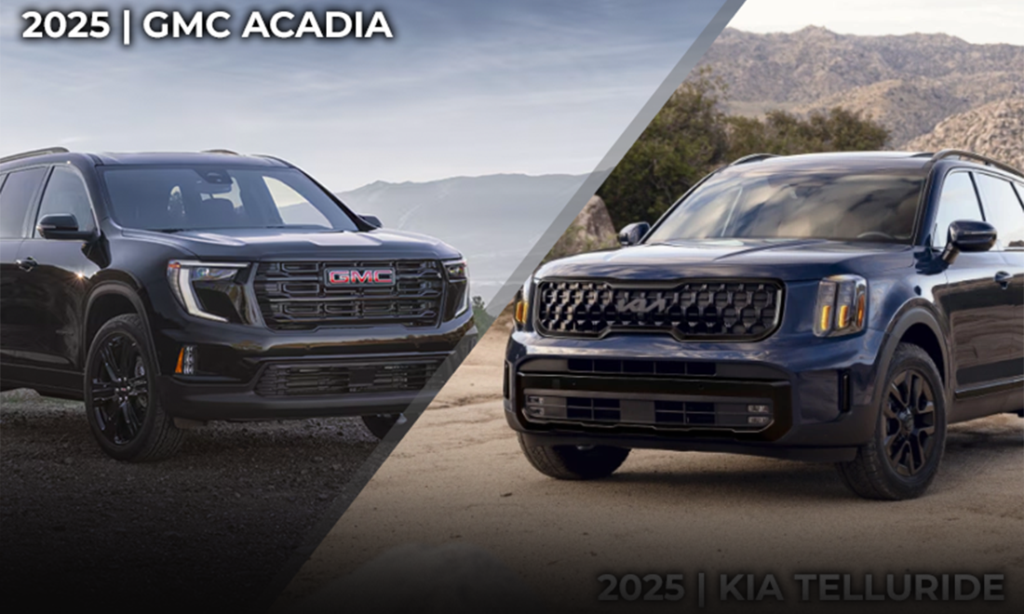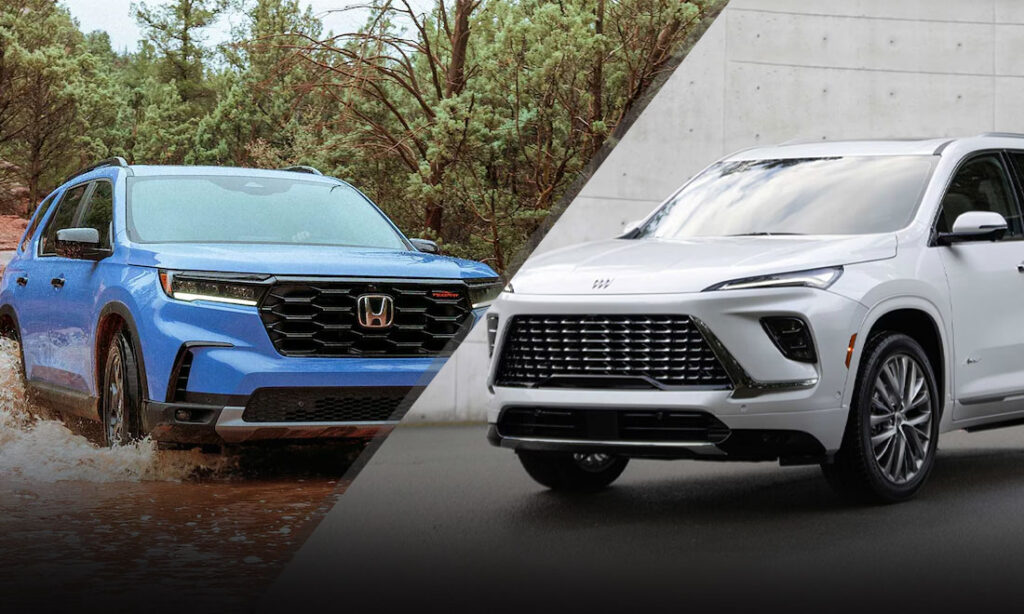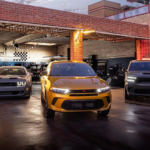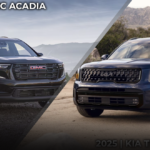The best ‘50s cars are defined by their looks as much as their performance. Our critics found the best of cars the decade provided plenty of both.
Keepin’ It Chrome
As impartial and objective as they might aspire to be, but when it comes to cars, our writers can’t help having a few favorites: 911s, Corvettes, Kia Souls. And like most obsessives and fanatics, our writers can’t help but subdivide and categorize the good from the best to the greatest. One especially fruitful subgenre of this exercise has been debating the best cars of a specific decade. Is the greatest car of the 1960s the Ford Mustang or the Lamborghini Miura? Stirring and passionate arguments resound in our office cubicles.
In light of how useful these internal debates have been for this Critics’ Choice, we thought we ask our writers to scour Carsforsale.com to find the coolest, the car most representative of the 1950s to add to their fictitious dream garage.
Jesse Batson
1957 Ford Thunderbird
Short List
1955 Chevrolet Bel Air
1959 Chevrolet Corvette
1955 Jaguar XK
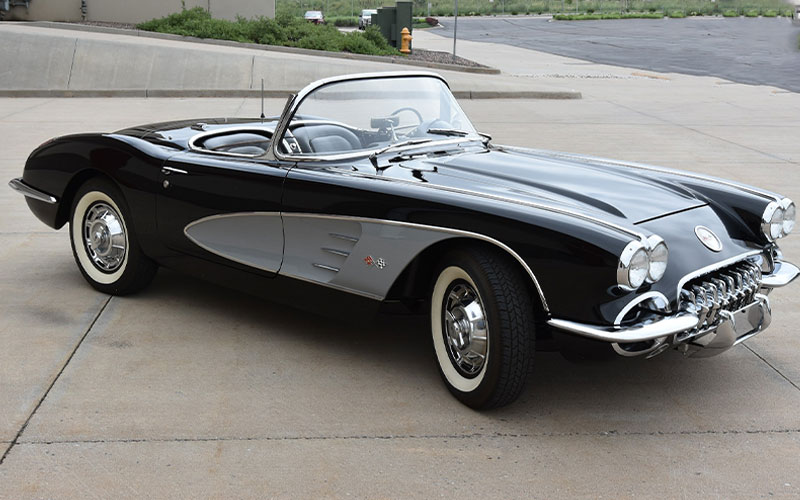
I’m a pretty big fan of the Corvette. I think it comes from my uncle owning several when I was growing up. Plus, they’re fast, they look cool, and so many of the designs stand the test of time. I figured a Corvette would end up on my list, especially with the theme of classic cars from the 1950s. Personally, I prefer the C2 Corvettes, but there are some awesome looking 1950s Corvettes, too. To my surprise, my first choice was not a Corvette. It was a 1957 Ford Thunderbird.
The Vette still found a home on my shortlist (and there were several more I was looking at besides that), but I had to go a different route this time. This impeccable gray metallic ‘57 Thunderbird convertible spoke to me, and, upon further investigation, it’s no wonder that it did. Motorcar Classics refurbished this classic. That’s the same company that listed the classic Batmobile (our recent Cool Car Find) for sale. Clearly, the people there have good taste.
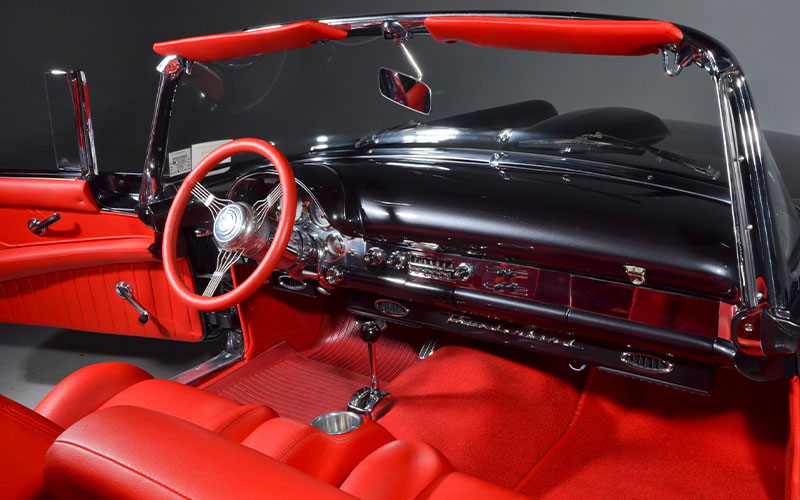
First, I really like the look of this Thunderbird. The smooth finish, the red seats, and the shape of the Thunderbird was enough to stop my scrolling. It’s definitely enough to turn a few heads on the street or at car shows, too. It’s been redone, so it only has seven miles on the car. Whoever actually did the work on the car put a 347 Stroker with an automatic transmission inside of it. That crate engine is partnered with a Go EFI 4 self-tuning fuel-injection system that is good for 600 horsepower.
What’s even nicer about this restored classic is that it’s only $69,900. That is a lot of money, and it’s actually about $14,000 above the average price of a 1957 Thunderbird, but you can tell a lot of work went into this car. If it runs half as good as it looks, I’ll be sitting pretty well, or riding pretty well! There were actually only 21,380 first-generation Thunderbird models sold in 1957, so who knows how many of those were taken care of and still exist today.
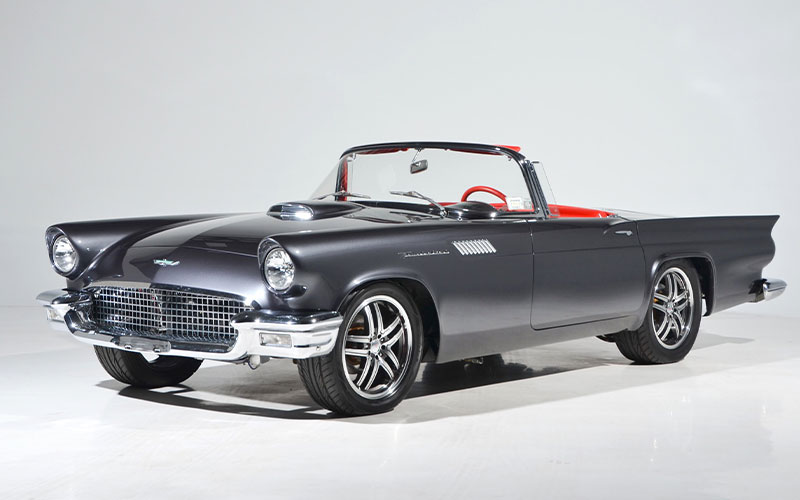
The first-generation Thunderbird has a nice history behind it. While Ford was thinking about getting into the world of sports cars, Chevrolet already came out with the Corvette. Two years later, in 1955, Ford countered with the Thunderbird. It was more upscale than the Corvette and ended up finding a segment as a personal luxury car.
There were a few other cars on my shortlist besides the Corvette. Actually, there were a lot of other cars that didn’t even make the shortlist. I found a $90,000 navy blue 1954 Hudson Hornet convertible Brougham that had about 7,000 miles on it, I really liked an all-black 1953 Ford F-100, I was intrigued by a 1950 Ford Custom, and there was also a blue and silver 1956 Plymouth Savoy listed for $25,500 with around 73,000 miles. I think my list of 1950s classic cars was about 20 long to begin with. It was hard to narrow it down, actually.
The Thunderbird just looks too good, though. The dash is polished, the silver Thunderbird logo looks great, and the steering wheel is all chromed up. That bright red interior! I forgot to mention that before, but it looks so sharp, especially with the metallic gray paint job and the black wheels. The styling still works today, from the cowling on the hood to the taillight fins. Whether the hood is up or down, it’s one awesome-looking vehicle. It was enough to get me away from the Corvette, at least this once.
Chris Kaiser
1955 Mercedes-Benz 300 SL
Short List
1954 Chevrolet 3100
1959 Cadillac Series 62
1956 Continental Mk II

I thought, when embarking on my search for the best ‘50s car, the answer was obvious, the 1959 Cadillac. And yet, as I searched make after make, model after model across the decade, I kept finding other worthy contenders until I stumbled upon an arguably even more obvious pick than the ’59 Caddy.
But before we get to my final pick, why, you say, was the ’59 Cadillac the default for ultimate ‘50s ride? The answer there is simple, the 1959 Cadillac, as a Series 62 or Eldorado, is one of the most ostentatious and visually stunning cars ever assembled. Penned by Chuck Jordan, the Series 62/Eldo took the most popular of design elements from the latter half of the 1950s and turned them up to 11. This starts with the huge and ornate chrome grille, the long, long (so long) swooping body lines that terminate into the largest fins of any 50s car with the proverbial cherry on top being the signature double-bullet taillights.
I could have easily settled for the ’59 Cadillac and called off the search. But in the interests of due diligence, I soldiered on to find another of my personal ‘50s favorites, the Chevy 3100 Advanced Design pickup. Chevy’s classic Stepside has its roots in the post-war years of the late 1940s and as such carries over the Art Deco design elements of that decade. The example I found comes in a light aqua green with real patina. It looks like a vintage truck should. And like so many of those vintage trucks today, this one had an engine swap, a 6.0L Vortec LS V8.
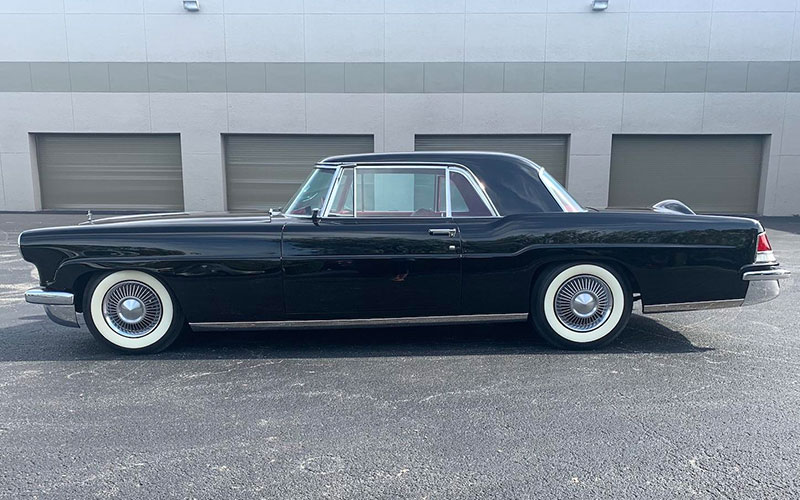
These first two options felt a little too on-the-nose and so my sleuthing continued. I briefly entertained the Continental Mk II, built in the middle 1950s when Continental had been given its own separate nameplate from Lincoln. The Continental Mk II was built not only to surpass the like of the Eldorado but to compete with the Rolls-Royces of the world. As such, Ford spared no expense in building what would become an infamous loss leader. The Continental Mk II was indeed innovative, but it was also so expensive to build Ford lost money on every one they built.
Having looked at the best GM and Ford had to offer, I realized I’d neglected all the cool import cars from a decade when such things were rarities on American roads. It didn’t take me long after to home in on the proper pick for the best ‘50s car. The fastest, most stylish, most desirable car of the decade (no hyperbole here, either) is the Mercedes-Benz 300 SL gullwing. Serendipitously, we just happened to have one, a 1955 in green on Carsforsale.com. Once I saw it, there was no other choice.
The 300 SL owed its existence to Max Hoffman, a US importer of all things automotively European. Hoffman suggested to his friends at Mercedes-Benz that the American market was ready for a quick, lithe, and stylish European sports car, something different from the hulking masses of sheet metal rolling down the streets at the time. Mercedes took their W194 race car and adapted it for a new production car.
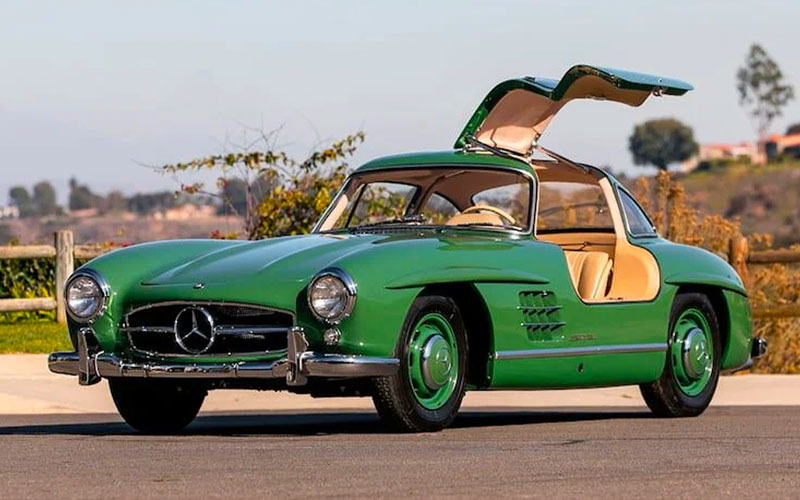
The car’s defining feature, its gullwing top-hinging doors, resulted from the car’s tubular chassis. Lightweight and rigid, the engineers were loath to greatly modify it from the W194’s, but this meant keeping the unusually high door sills, so high a traditionally hinged door wouldn’t work. The solution was a design sensation.
Gullwing doors does not, alone, a legend make, however. The Mercedes-Benz 300 SL was also innovative under the hood. There one found a 3.0L straight-six with a significant performance upgrade, direct fuel injection, a first in a production car. The combination of light weight and power (240 horsepower) made the 300 SL was the fastest production car in the world in 1955.
Beauty, performance, rarity, and historical significance come at no small price as this 1955 Mercedes-Benz 300 SL is listed at $2,875,000.


